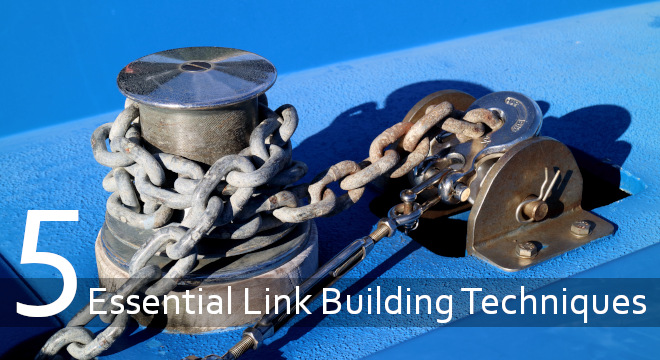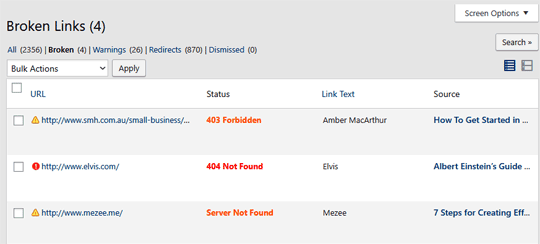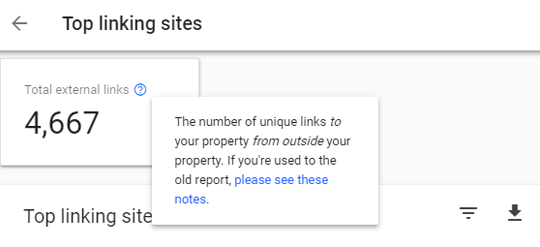Backlink generation remains a key but challenging area of SEO. Without effective link building strategies, your business will not outrank your competition. The best ranking pages for relevant and search-worthy content will have a surplus of organically generated backlinks.
This post is going to go through 5 methods that you can use to build high-quality, relevant links to your website to improve organic search engine rankings. Here they are:
1. Guest Posting
Yes, this may seem very generic but by doing it the smart way, they can be very effective.
For starters, you should be looking to target pages that cater for your business’ specific niche. This is because you can begin to strike a relationship between that site and your own.
The better your relationship, the more likely you’ll get that link. Make sure you are incorporating a win-win element to your posts. Exclusivity also works well if you’re a business or blog without a large following, but the piece is so good, it needs to be shared with a larger audience.
You should also look at bridging guest posts. The best way to look at this is through an example.
Let’s say you own a restaurant. Obviously, you’re in the food business but also in the drinks sector too. So, you could have two closely related topics to write about in the food and drink sectors.
Bridging out further, this could develop into writing a post about the most expensive meals in the world, opening up opportunities to write about other topics such as finance or the high-end lifestyle.
On the other hand, you could look to write about the best wines to try by country, creating an opening to write about travel.
Both directions keep you rooted with your target audiences, but you will have created a web of potential content marketing opportunities.
[NOTE. If you would like to write a guest post for Social Media Revolver check this out > https://socialmediarevolver.com/guest-posts/]
2. Social Media Specific Content
Content shared and including links through social media has become very popular within the SEO industry.
The social listening tools enable you to find your ideal and target audience on social media, so you can see which platforms are attracting the most attention to your business.
From here, you should look to see what content is proving popular with that particular audience. This can be easily seen through the interaction you get from followers, such as the number of comments or shares a post has received.
You should be creating and publishing content through your social media that is line with this audience’s interests. This falls in line with the inbound marketing methodology.
Once it’s live, it’ll be shared across several accounts, with every share promoting it to their own unique audience.
But don’t stop here. Give it a week or two and come back to that post, tweak it and promote it again. This is to make sure that anyone who may have missed it the first time you shared it won’t again.
3. Replace Broken Links
A website that contains a series of broken links will find them just as useless as a site visitor that clicks them. This is because search engines deem content containing too many broken links as a dead site.
For obvious reasons, active websites don’t like this. So, if you can identify a page that contains multiple dead links, you should contact the webmaster and ask to replace the dead link with a link of your own.
Of course, you’ll have to find the dead links yourself. Ahrefs becomes very useful here – enter the page’s URL and check the number of live backlinks compared to the actual total.
Alternatively, if you’d prefer to not find the backlinks manually, there are tools available that will find the broken links for you.
This is a very affordable link building tactic so it won’t take a large chunk out of your marketing budget.
4. Interviews
This doesn’t mean interviewing any old Tom, Dick or Harry. You need to get in to conversation with someone that is in your niche and knows it well. High quality interviews are very well received by readers and they will be very keen to share it on their pages or their social media accounts.
Part of creating a good and informative interview comes from asking the right questions. This keeps readers engaged because it provides them with content of value, as opposed to chatting aimless small-talk. This will require a bit of homework on your part once the interview has been confirmed to take place. Make a list of the questions that, when answered, will solve the readers’ pain points.
If you do end up going slightly off-topic, don’t worry too much if it will provide value to the reader and make sure you ask off-the-cuff follow up questions. With this in mind, make sure you bring the interview back on track once you have finished talking about that particular topic.
Once it’s ready to be published, share it with the interviewee as well for an extra link and more exposure.
5. Build Referenceable Backlinks
If you have used the internet to reference a piece of data, you will have used a source to back up your point.
What’s the point we’re trying to make here? Well, to find the source, you likely just did a simple Google search.
If you can rank your content among the top results for a specific keyword that will be used as a point of reference, you are going to create a lot of organic backlinks. The best content pieces for references tend to be how-to guides or pages that display a lot of statistical analysis.
Build out a list of potential keywords you want to be ranking for. Once the list has been finalised, enter them into the Ahrefs Keyword Explorer or any other similar keyword research tool. This will display how popular a particular search term is. Ideally you want to pick keywords that have high volume but a low KD score.
Identify the perfect term and build content out based around it. Once it’s live, other bloggers or content creators will start using it as a point of reference, regularly linking back to your site.
[Images – Main photo: Alamy/Kris Olin; other images, graphics or videos are from their respective websites and/or social platforms]


